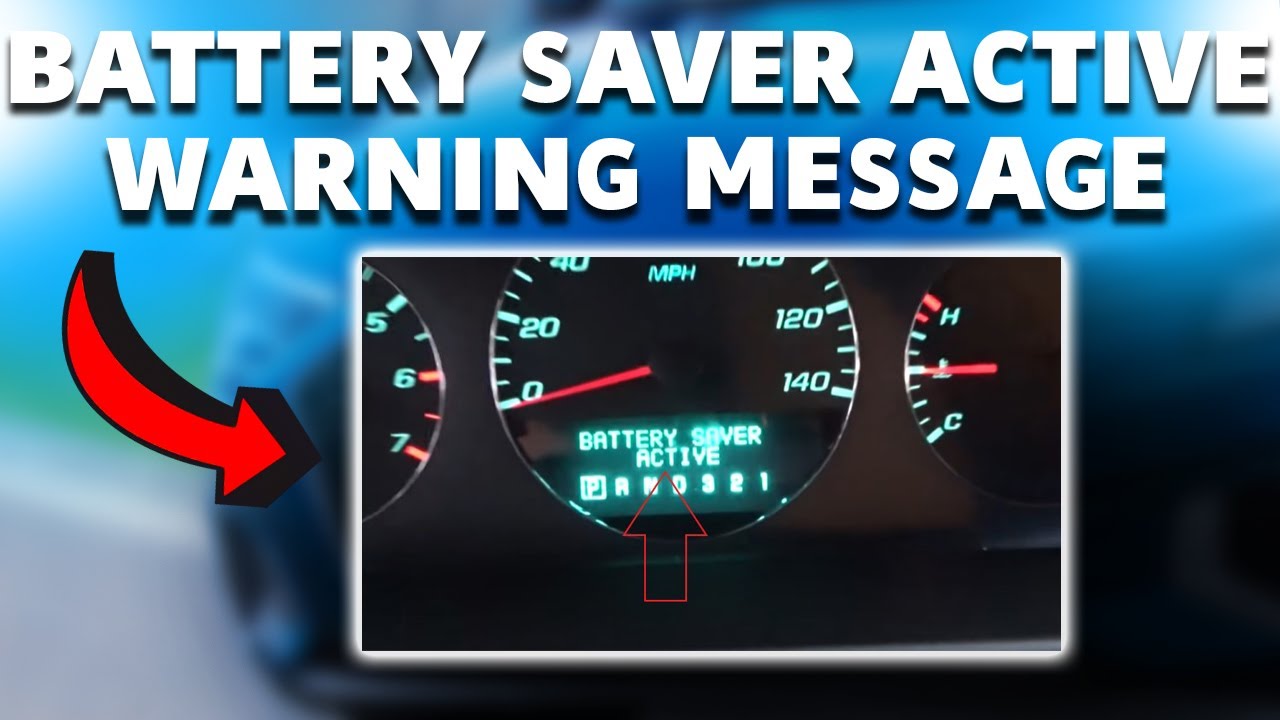In order to get the most out of their vehicles, most automakers pack a plethora of components. The efficient and secure operation of the vehicle is dependent on each of these parts. The VSC is no exception. How does VSC relate to a vehicle, then?
What Does VSC Mean On A Car?

Cars manufactured by Toyota and Lexus come equipped with vehicle stability control, or VSC for short. In challenging driving or turning situations, it helps to maintain control of the vehicle. Assists in controlling engine speed and braking to prevent skidding with VSC.
Although they are distinct systems, the VSC and traction control are often used interchangeably in cars. Of course, they serve the same goal, just at different times. Both the vehicle stability control system (VSC) and the traction control system work together to keep the vehicle steady when cornering and when accelerating. As we go along, I will describe how VSC interacts with other parts of the car besides traction control.
There are sensors in each of the four wheels of a Toyota or Lexus. The powertrain control module (PCM) receives information about wheel status from these sensors. To get the most out of your vehicle, the PCM can regulate the gearbox and engine. As an example, the PCM signals when to shift gears. The VSC and ABS work together to modulate the brakes, which controls the wheels’ spin.
Quickly notifying the PCM and ABS, these wheel sensors detect when a wheel is sliding. The two systems work together to control the engine, gearbox, or brakes in order to reduce slippage. If, for example, the sensors indicate that the right front wheel is slipping, the PCM will be notified. With the PCM’s assistance, the engine speed is reduced and additional brake power is supplied, causing the car to slow down.
The VSC light might turn on while you’re driving occasionally. What activates this light, and how can you disable it?

Conclusion
I think everyone has figured out what “VSC” means on an automobile by now. Making sure it’s always functioning correctly will keep you safe. As soon as you see this light turned on, follow the steps outlined above to turn it off. If it still won’t power down, try resetting it.
On rare occasions, it may not function properly because of issues with other parts of the vehicle. The VSC’s performance degrades under these conditions. Before you reset, be sure you’ve checked and fixed all the underlying issues. When the VSC light comes on, press the reset button.





